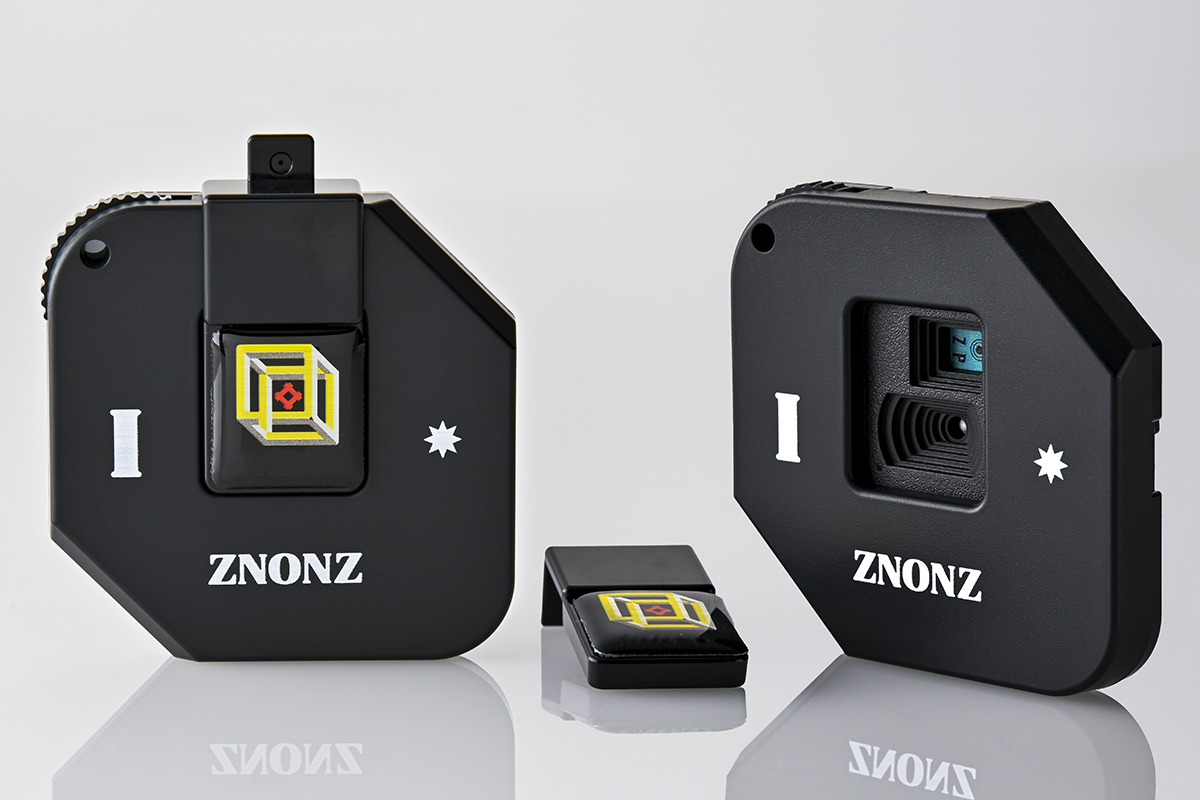Equipped with the following four types of optical element turret:
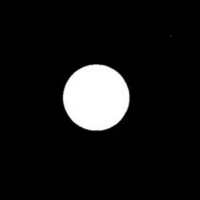
1. Pinhole (equivalent f-number: 128)
The amount of bokeh (i.e., blur) will be the same whether the subject is at an infinite distance or in close proximity.
If the sun is included in the image at a specific angle, a beautiful large color flare will occur.
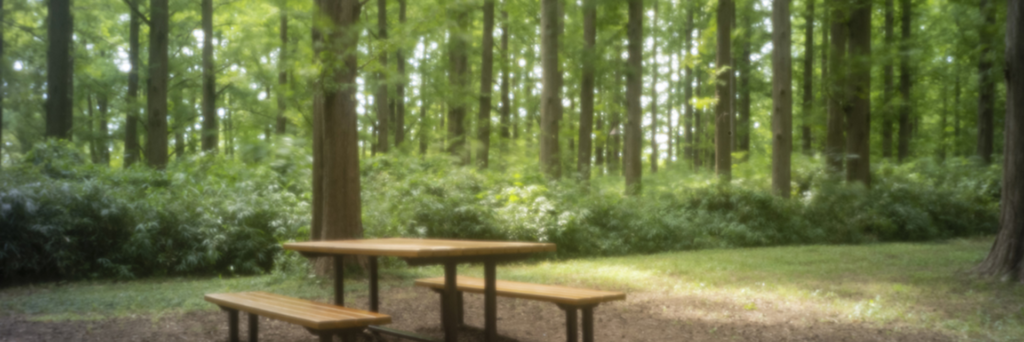
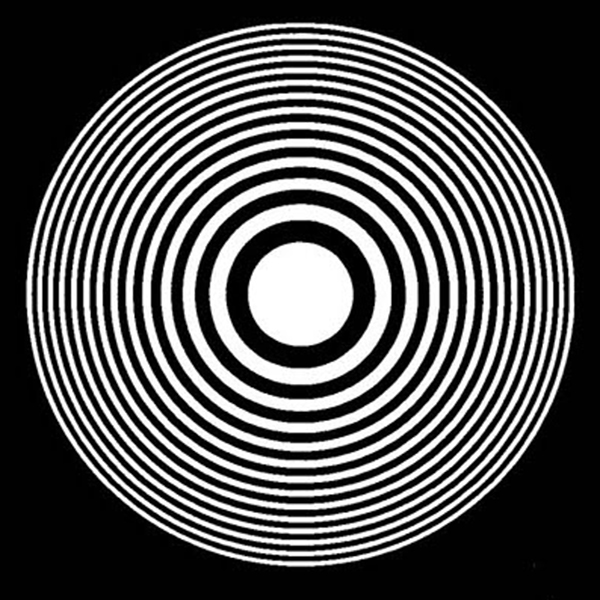
2. Zone plate (equivalent f-number: 76)
Images are produced using the phenomenon of diffraction.
They appear blurry, but sharpness can be increased later with image processing, which mitigates chromatic aberration.
Another characteristic is that the equivalent f-number is bright.
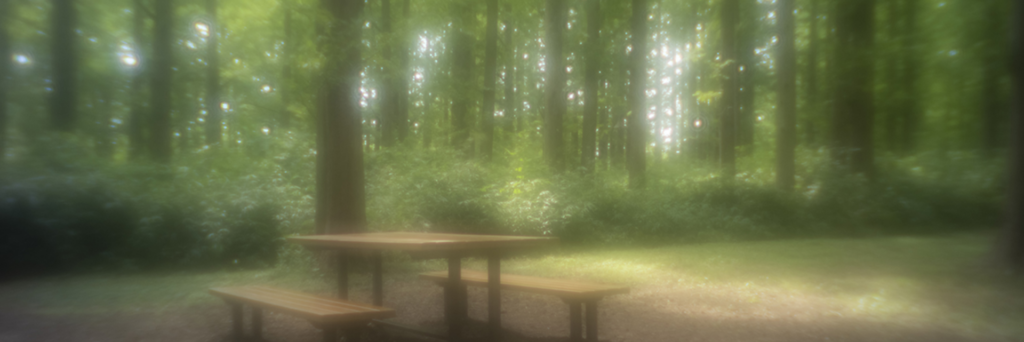
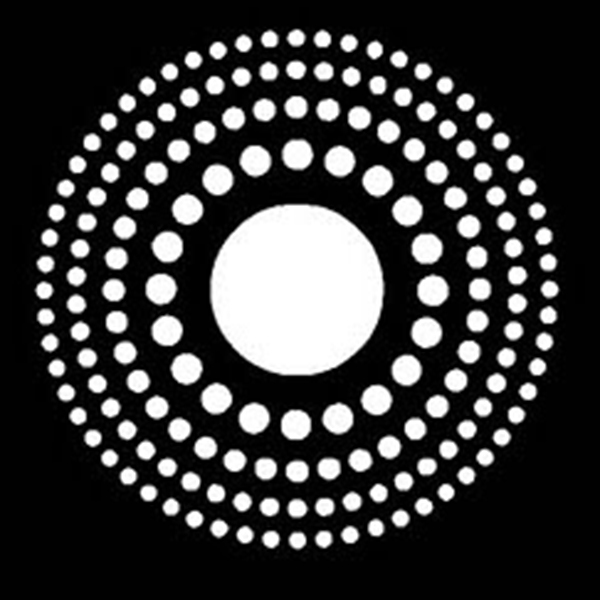
3. Photon sieve (equivalent f-number: 32)
The effect is similar to the zone plate, but circular subjects and natural objects will appear more natural.
Another characteristic is that the equivalent f-number is bright.
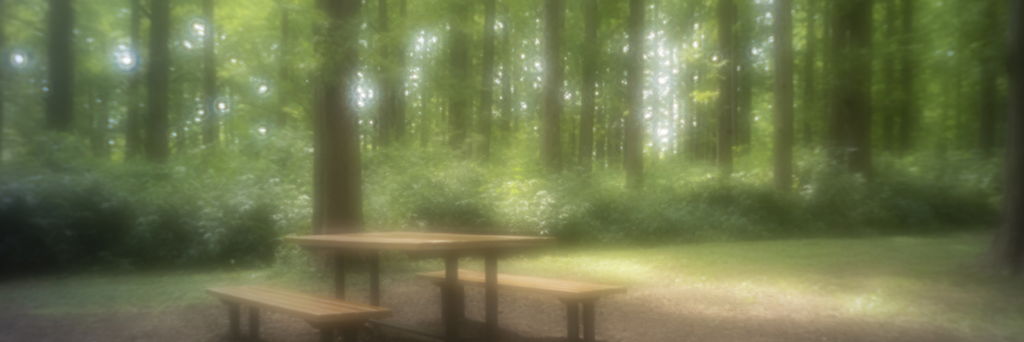
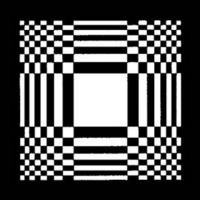
4. Square zone plate (equivalent f-number: 57)
The effect is similar to the zone plate, but if the subject is rectangular, a distinctive flare will be produced.
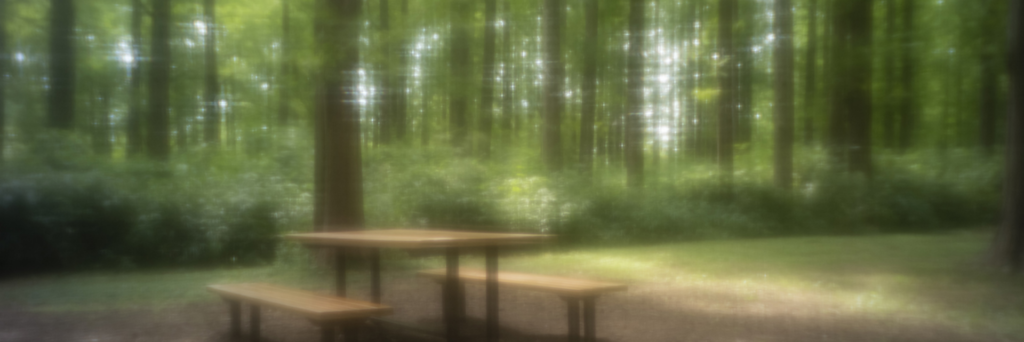
Q&A
Q: What’s the most important thing to keep in mind when using this product?
A: When using it with a digital mirrorless camera, it is necessary to carefully remove invisible microscopic dust from the surface of the CMOS image sensor using a rubber air blower or the like.
Tiny flecks of dust that would not be noticeable when shooting with a normal lens will become visible when using this product.
But when performing this cleaning, please be careful not to scratch the image sensor.
Q: Is it compatible with any mirrorless digital camera?
A: Basically, yes. With a back focus of 29.1 mm and a flange focal length of 27.8 mm, the image circle conforms to Fuji Film’s G mount, the largest in the industry.
Therefore, it can be used with a CMOS size of one inch, Micro Four Thirds, APS-C from various manufacturers, and almost all full-size cameras. (The angle of view is different with each.)
However, since this product employs the Leica M mount, a mount adapter sold separately by other manufacturers is required to use this product with a non-M mount camera.
Q: How about weather resistance?
A: It can be used at temperatures from 0°C to 40°C. Please do not use it outside this temperature range.
The product is not designed to be waterproof, so please avoid using it in the rain, and of course, underwater.
Q: Can the product be used with a film camera?
A: It can be attached to and used to take pictures with Leica M mount cameras without modification. We have already confirmed its compatibility with the following models: Leica M2, M3, M4-P, M4-P, CL, Minolta CLE, and Konica RF.
Note that for models whose camera viewfinders have a 28mm frame, the 28 mm frame will be displayed when this product is attached.
– It cannot be used with screw-mount rangefinder cameras.
– It can also be used with a film SLR camera if you have an M mount adapter. However, the angle of view will be narrower due to the longer flange focal length of the camera.
Q: Why does the dial that rotates the turret need to be rotated completely to select the next optical element?
A: This is to ensure that each optical element installed in the turret is properly secured on the optical axis during use and cannot easily be moved. We employed a special mechanism for watches called the Geneva drive to accomplish this.
Q: What are the characteristics of pictures taken with pinhole photography?
A: Pinhole photography, which takes advantage of the straightness of light, has no concept of focus. In other words, there is no image formation. This differs from lens photography, which uses refraction, and zone plate photography, which employs diffraction. So, focusing is unnecessary.
The characteristics of the images obtained are as follows:
– Rather than capturing the details of a subject, it is better suited to expressing the atmosphere of the location and the mood of space emanating from the entire photograph. I would venture to say that the pictures are like impressionist paintings.
– The bokeh (blur) effect is even at both long and short distances.
– You can expect to see a large halo (flare) effect when the sun is placed in the perimeter of the image, for example.
– Due to the bokeh effect, image processing to obscure people in the picture, i.e., prevent infringement of personality rights, is not required unless their faces are photographed close-up.
Q: What are the characteristics of pictures taken with zone plate or photon sieve photography?
A: Unlike pinhole photography, zone plate photography, which utilizes diffraction, has the concept of focus and there is image formation.
However, with typical photography, chromatic aberration occurs at each wavelength across the entire visible light range, resulting in a soft impression because the image is the aggregate of these aberrations.
But if you look closely, you will notice that the photographs are higher resolution than they would be with pinhole photography.
Q: Is there any way to reduce the effects of chromatic aberration in zone plate images?
A: The Smart Sharpen and Dehaze filters in Adobe’s Photoshop image processing software are apparently somewhat effective.
Q: There seems to be no helicoid, so how do you focus?
A: Theoretically, pinhole photography does not form images, so focusing is unnecessary.
Photography with optical elements that use diffraction, such as zone plates, should, in theory, be focused, but experts are of the opinion this is not necessary in practice when using this product.
Q: Why do you insist on it being made in Japan?
A: First, we want to bring back to Japan, to Japanese engineers and manufacturing companies, work that has been offshored. Labor costs in neighboring countries, which were 1/20th of Japan’s 30 years ago when de-industrialization began, have now reached almost half of Japan’s costs.
Considering the costs and time involved in having conversations through interpreters, making business trips overseas, and conducting international transactions, our view is that producing domestically is superior in terms of ease of communication, economy, lead times, peace of mind, and other factors.
Q: What is the product casing made of?
A: ABS resin.
Q: What is the clear bag with the zipper that comes with the product for?
A: Please put the product in it when you are not using it to protect it from scratches and dust. You can use the cloth bag included with the product for the same purpose, but the transparent one is more effective because you can see what’s in it without opening it.
Q: Is the guidebook supervised by Dr. Takeda the same as the book sold on Amazon?
A: The guidebook is an abridged version of a book written by Dr. Tatsuoki Takeda, which is available from Amazon and other retailers. He helped us a great deal during the development of this product. And he was happy to allow the abridged version of his book to be bundled with the product. The guidebook also contains full translations in English and Chinese.
Q: Why is the package flat?
A: This is to reduce the cost of delivery to customers. It is also why we keep the rear cap separate.
Q: How do I use the accompanying cards?
A: We recommend that you take the relevant card with you when shooting. There are three cards included in the package, one each in Japanese, English, and Chinese.
Uses:
1. You can find out the equivalent f-number of each optical element.
2. If you take a picture of the description on the card corresponding to the optical element in use before changing the element by turning the turret, later you can easily find out which element you used for shooting.

